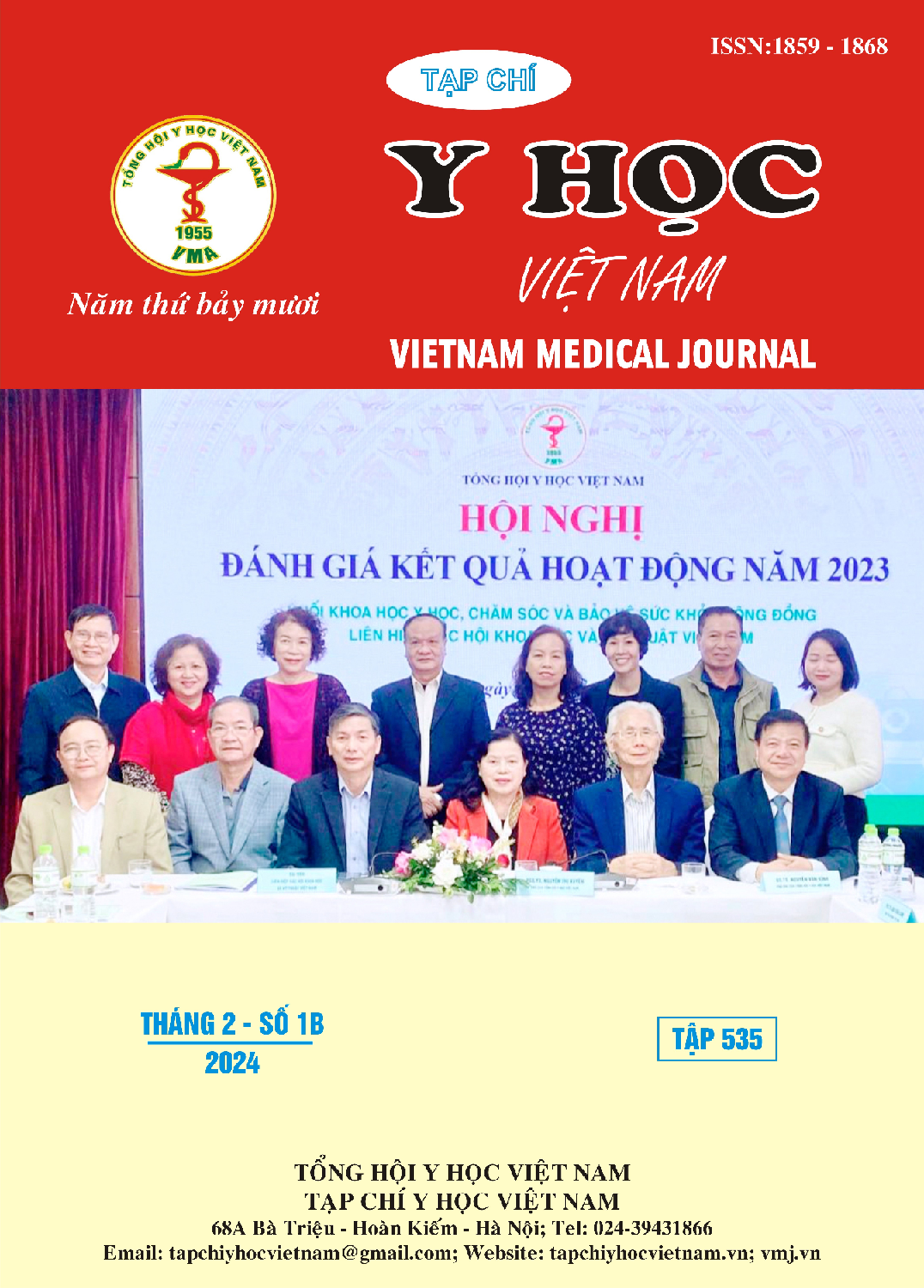ANALYSIS OF CHARACTERISTICS OF CANCER PATIENTS WITH SEVERE NEUTROPENIC FEVER IN CLINICAL PRACTICE AT THE EMERGENCY AND INTENSIVE CARE DEPARTMENT OF VIETNAM NATIONAL CANCER HOSPITAL
Main Article Content
Abstract
Objective: To study the clinical and paraclinical characteristics of treatment for neutropenic fever with sepsis. Research subjects and methods: Cross-sectional study on 44 patients diagnosed with febrile neutropenia and sepsis from October 2019 to October 2020. Results: The average age is 45.16 ± 23.78, the male/female ratio is 1.6/1, 88.6% are related to chemotherapy, 70.5% are patients with solid tumors, 29.5% are hematologic cancers. Mucocutaneous, digestive and respiratory symptoms are very common (70-80%). Severe granulocytopenia (grade III, IV) is predominant with 84.1%. Procalcitonin levels are high (average 34.87 ± 43.96) but the relationship with mortality rate is unclear. Blood culture results were 68.2% false negatives, positive for gram-negative and gram-positive bacteria were equally (13.6%), and 4.5% were fungemia. Conclusion: Neutropenic fever has a higher sepsis in solid organ cancers than in hematopoietic cancers. It is almost accompanied by chemotherapy. Symptoms are common in the skin, mucous membranes, digestive and respiratory systems. White blood cell level is often severe reduced. Blood cultures has low positive results, including both Gram-negative; Gram-positive bacteria and fungi.
Article Details
References
2. Nguyễn Đạt Anh, Nguyễn Hồng Hà, Nguyễn Vũ Trung (2016). Hướng dẫn điều trị kháng sinh theo kinh nghiệm. Nhà xuất bản Y học
3. Phạm Thị Minh Đức (2011). Sinh lý học. Nhà xuất bản Y học, Tr.99-137.
4. Aapro MS et al (2011). Update of EORTC guidelines for the use of granulocyte - colony stimulating factor to reduce the incidence of chemotherapy - induced febrile neutropenia in adult patients with lymphoproliferative disorders and solid tumours. Eur J Cancer; 47(1):8-32
5. Gregory K Robbins (2019). Fever in the neutropenic adult patient with cancer.www. Uptodate.com
6. Klastersky J. et al on behalf of the ESMO Guidelines Committee (2016). Management of febrile neutropaenia: ESMO Clinical Practice Guidelines. Annals of Oncology, Volume 27, Issue suppl_5, September 2016, Pages v111-v118


